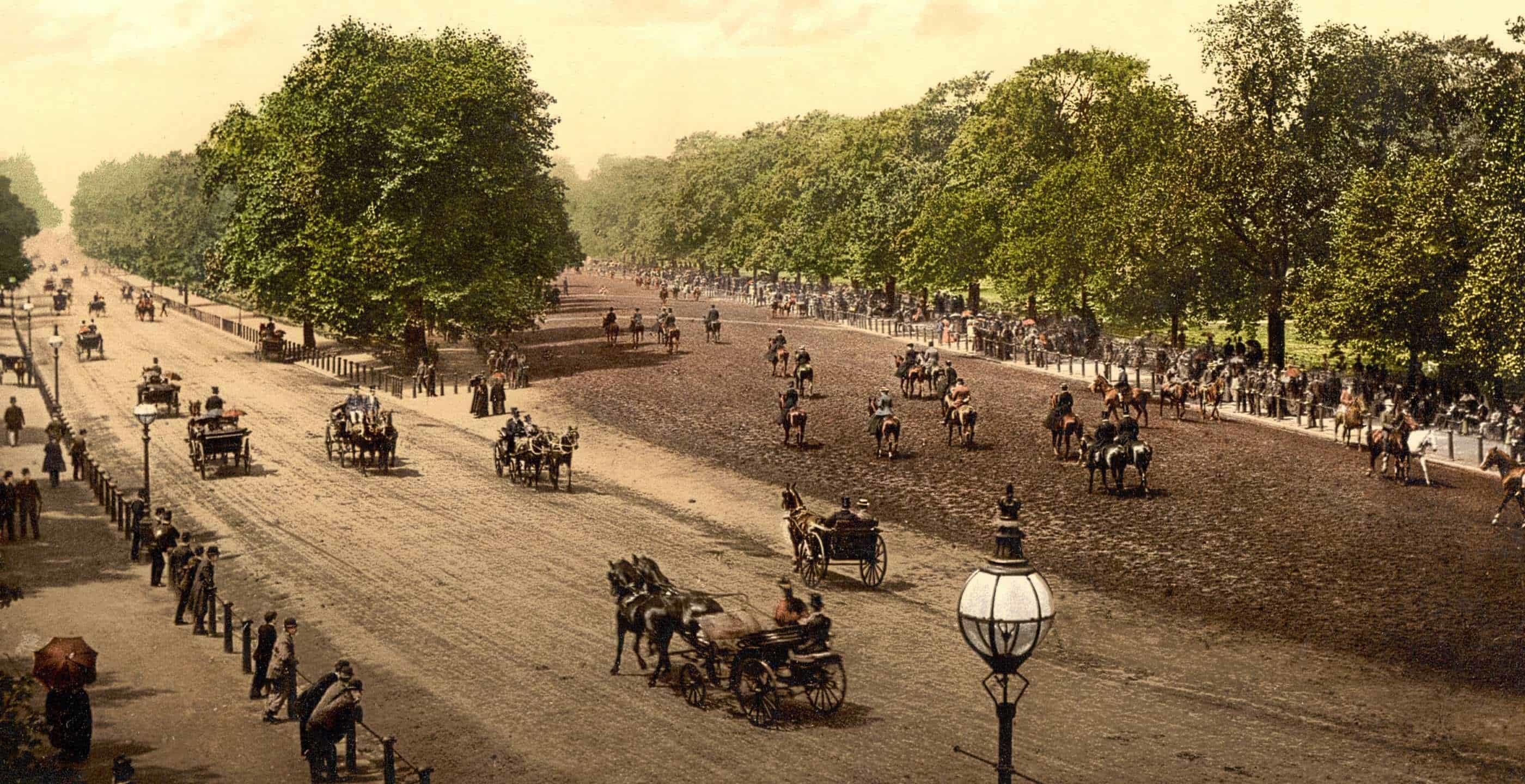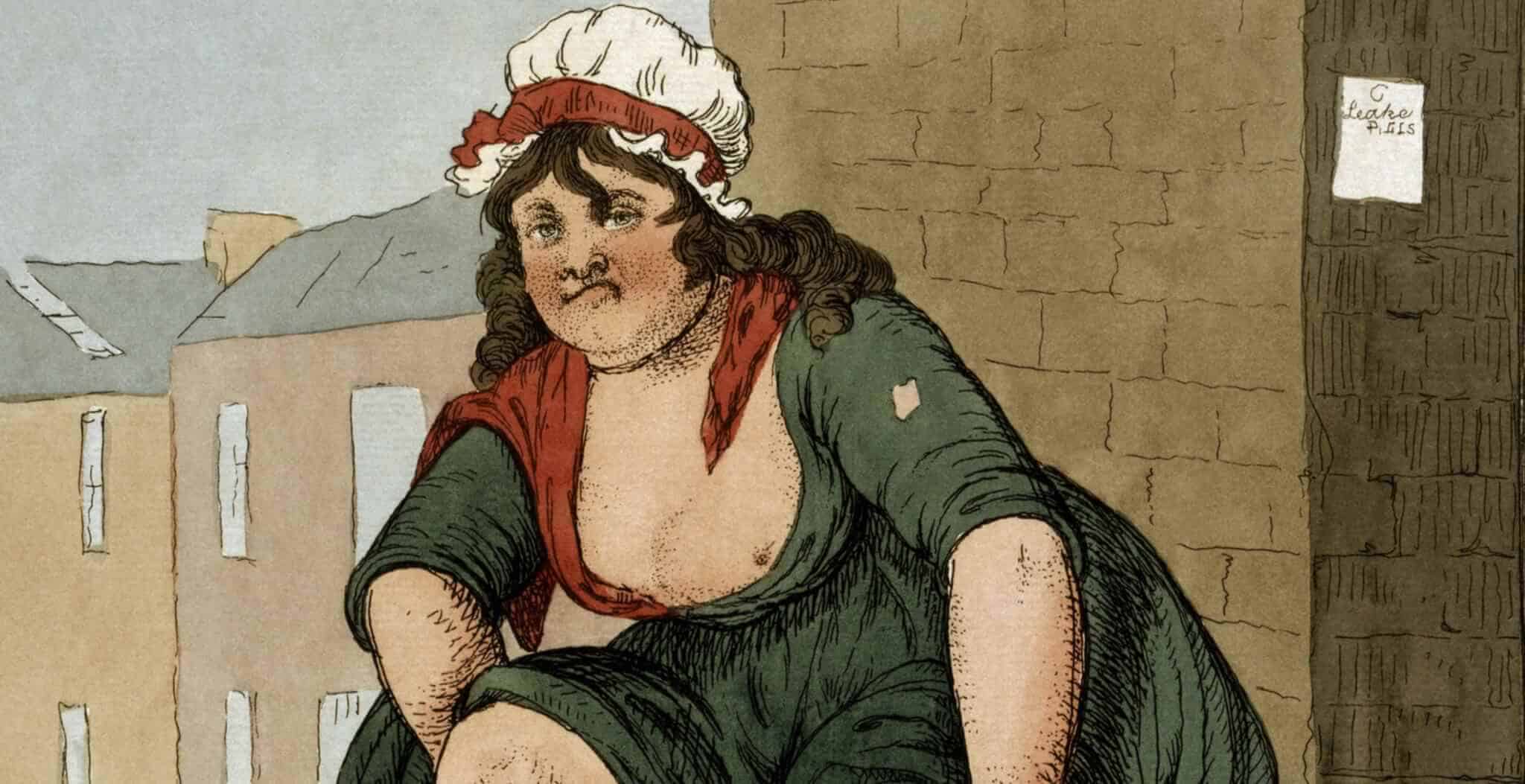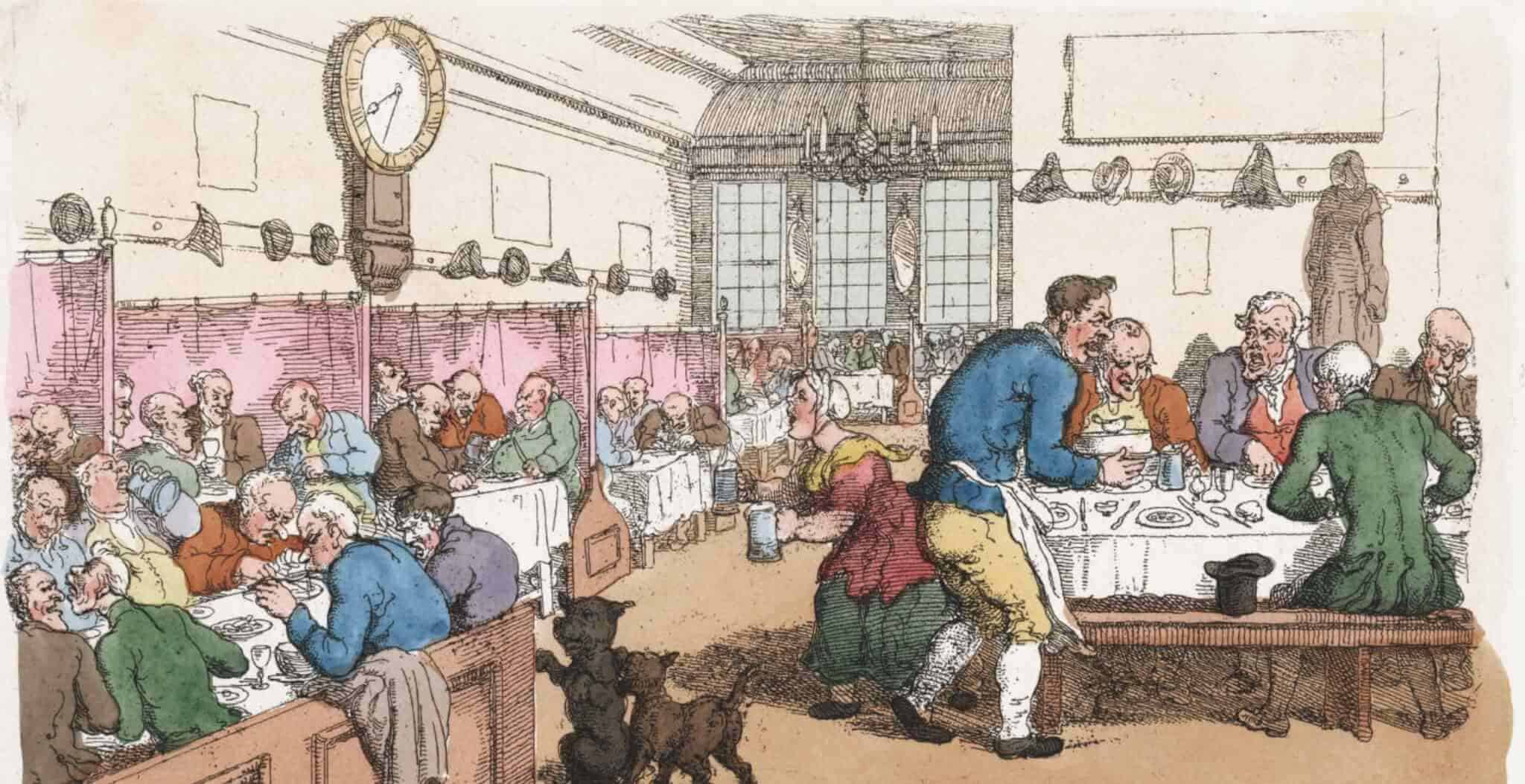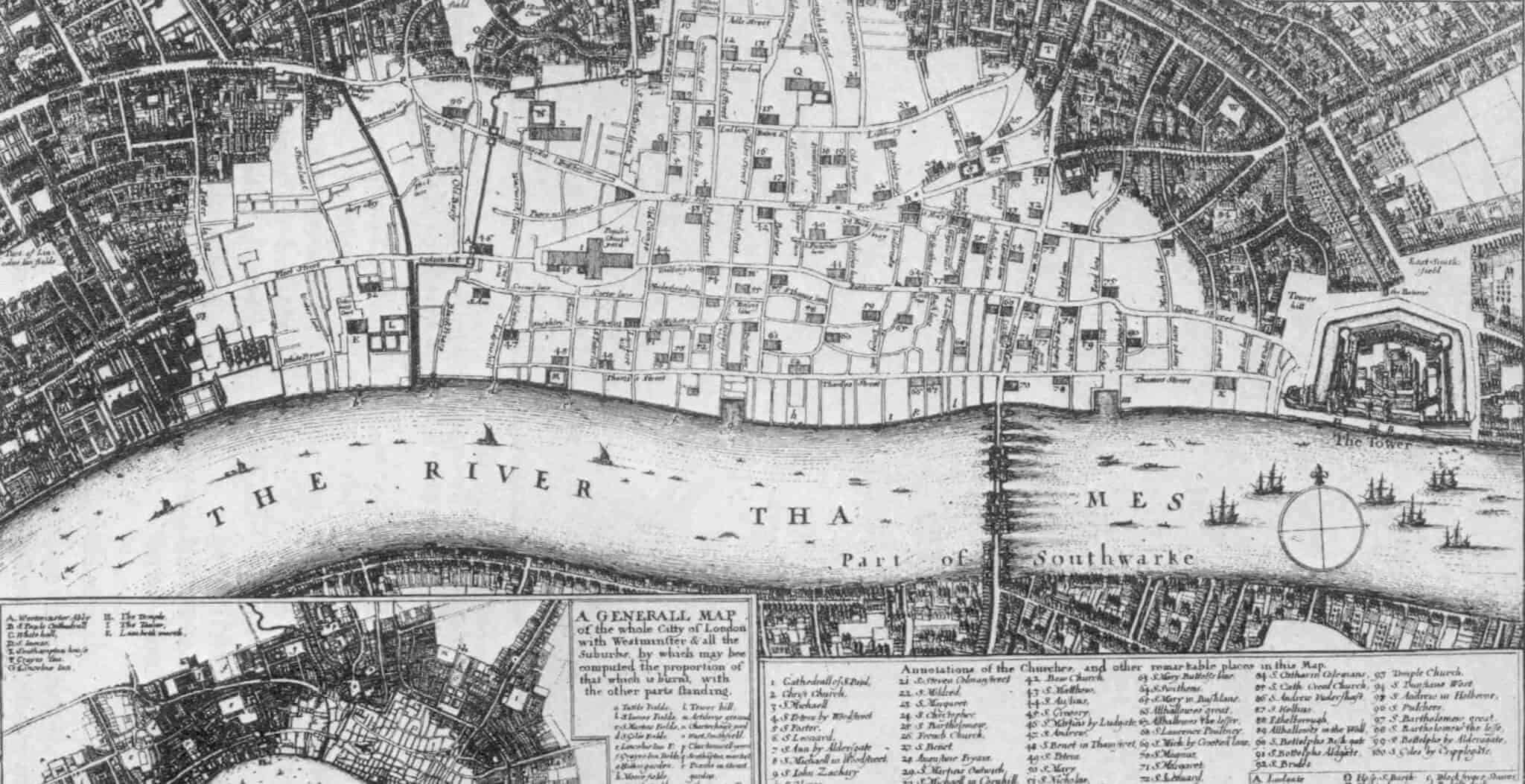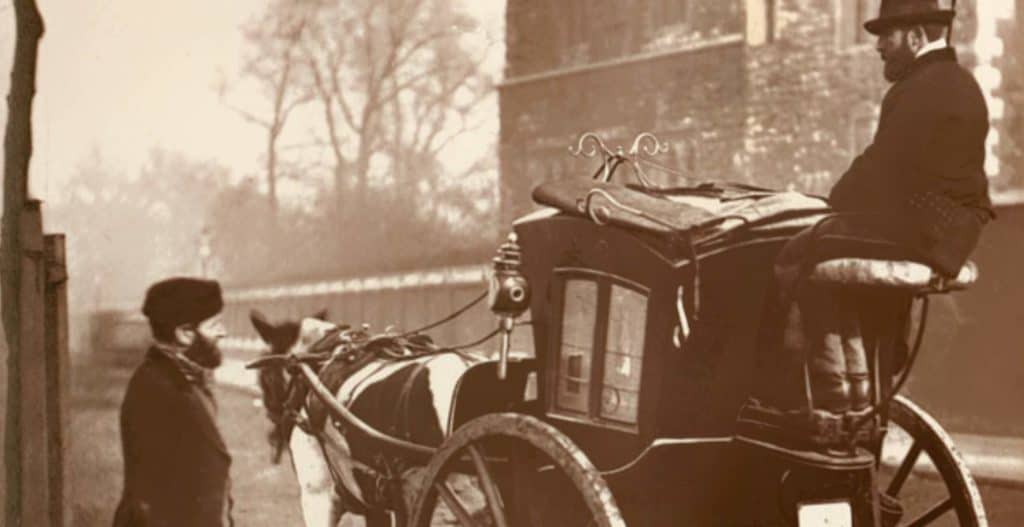Travel writing became one of the most popular literary genres in 19th century Britain. The period witnessed the transition from the earlier travel books, which were accounts of travellers’ experiences and often of more literary value, to the more informative and detailed travel guide book.
The 19th century English author, Augustus John Cuthbert Hare wrote several guide books. Hare was born in Rome in 1834 into what has been described as a predominately ecclesiastical family with aristocratic connections. His fascination with London stemmed from his youth. He tells of the only book he could find of interest in his tutor’s library in Edmonton: Charles Knight’s ‘London’. Knight’s book greatly excited his interest in the city and encouraged young Augustus Hare to take many a solitary expedition to see the historic sights which he describes as being ‘inexpressibly delightful’ . These early expeditions in turn laid a foundation for the investigations of his ‘Walks in London’ travel guides.
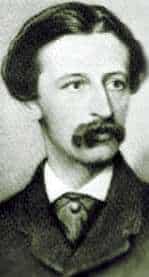 Augustus Hare
Augustus Hare
The stream of tourists visiting London in the 19th century surged after the end of the Napoleonic wars in 1815. London at the time was the largest city in the world and continued to be so throughout the century. The population of the city in 1815 of 1.5 million increased to 6.5 million by 1900. The city was vast and for visitors, overwhelming; a maze of streets found by many to be disorientating. Once one may have walked through every street in London, Hare noted, but with its ever growing size it can never be believed one can ever do so again. Punch Magazine at the time, satirised the plight of the unfortunate tourist in Victorian London, arguing that there should be a scheme in place for picking up these lost visitors and guiding them to where they want to go! It is into this immense city that Augustus Hare’s two volume publication transports his reader. A city, which at the time was twice the size of Paris and New York.
This travel guide was written for the gentlemen class. Hare in fact makes reference to the younger members of this class in his introduction. Taking a moment he addresses the young, idle gentlemen perpetually lounging in the parks and encourages them to find new interest and pleasure in the city by taking his suggested tours. For the traveller of the 21st century, Hare’s 19th century guide book offers much more than its intended function. This guide and commentary allows today’s traveller the experience of stepping into Augustus Hare’s Victorian city and society, and walking with him.
By the 18th century Charing Cross was increasingly perceived as becoming the centre of the city. To make the investigation of this Victorian city manageable and memorable, Hare uses Charing Cross as the centre point of his travel guide, with all areas and objects of interest being described consecutively from this centre point.
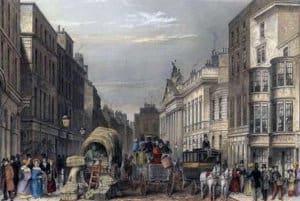 Leadenhall Street, London, c. 1837
Leadenhall Street, London, c. 1837
Several modes of transport were available to get about Victorian London: cabs whether four wheelers or hansoms or omnibuses introduced from Paris in 1830 which could take one on immense distances cheaply, if, as Hare adds, one is not above using them. Lastly, he writes, the more expensive and more disagreeable Underground Metropolitan Railway could be used; it made an inner circle round London stopping at all the prominent places. However the author advises, to truly see London one must walk its streets and its thoroughfares.
Hare recommends Sunday as the most comfortable day to stroll through the city. The great chimneys have ceased smoking and the skies are blue. The streets are empty of carriages and one could walk in the middle without fear of being run over. No town in Europe he declares is better supplied with greenery through its parks and tree lined streets. He notes of Kensington, that since window gardening had become the fashion, houses with window boxes of radiant flowers enlivened the dusty or smoke blackened bricks.
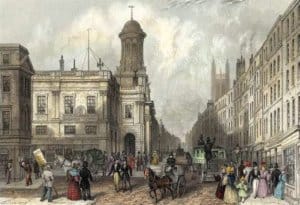 The Royal Exchange and Cornhill in London, 1837.
The Royal Exchange and Cornhill in London, 1837.
‘Walks in London’ guides the visitor through famous areas such as the Royal Exchange, built as a centre of commerce for the City of London, with the Royal Exchange Assurance Company on its western side and Lloyd’s, “the great rendezvous of shipowners,” on the eastern. Foreigners and Americans, Hare writes, may find much amusement in areas such as Rotten Row, the broad track along the south side of Hyde Park, where society’s upper classes could be seen horse riding or out in their carriages.
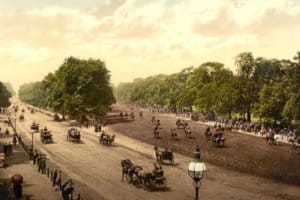 Rotten Row, 1894
Rotten Row, 1894
Boarding the ‘penny boat’ at Westminster Bridge, one could descend the Thames River laden with its barges, churned by the crowded steam boats and filled with sound of hissing trains which crossed its iron railway bridges. The journey, Hare wrote, promised the visitor the most vivid impressions of the city.
As a travel guide author, Augustus Hare has been remembered and reviewed as both a “…Pepys without his importance…” and as an author who has provided a “valuable and pleasant companion” to the studies of London. The assessment of ‘The Westminster Review’ in 1878 was that Augustus Hare set an example of a readable and useful guide book which was being followed by other writers of the genre. For the 21st century tourist in London, this guide makes for a fascinating exploration of the changes in the sites and surroundings of the city as well as allowing for an insight into the changes of a society.
By Laura McCormack, Historian and Researcher.
